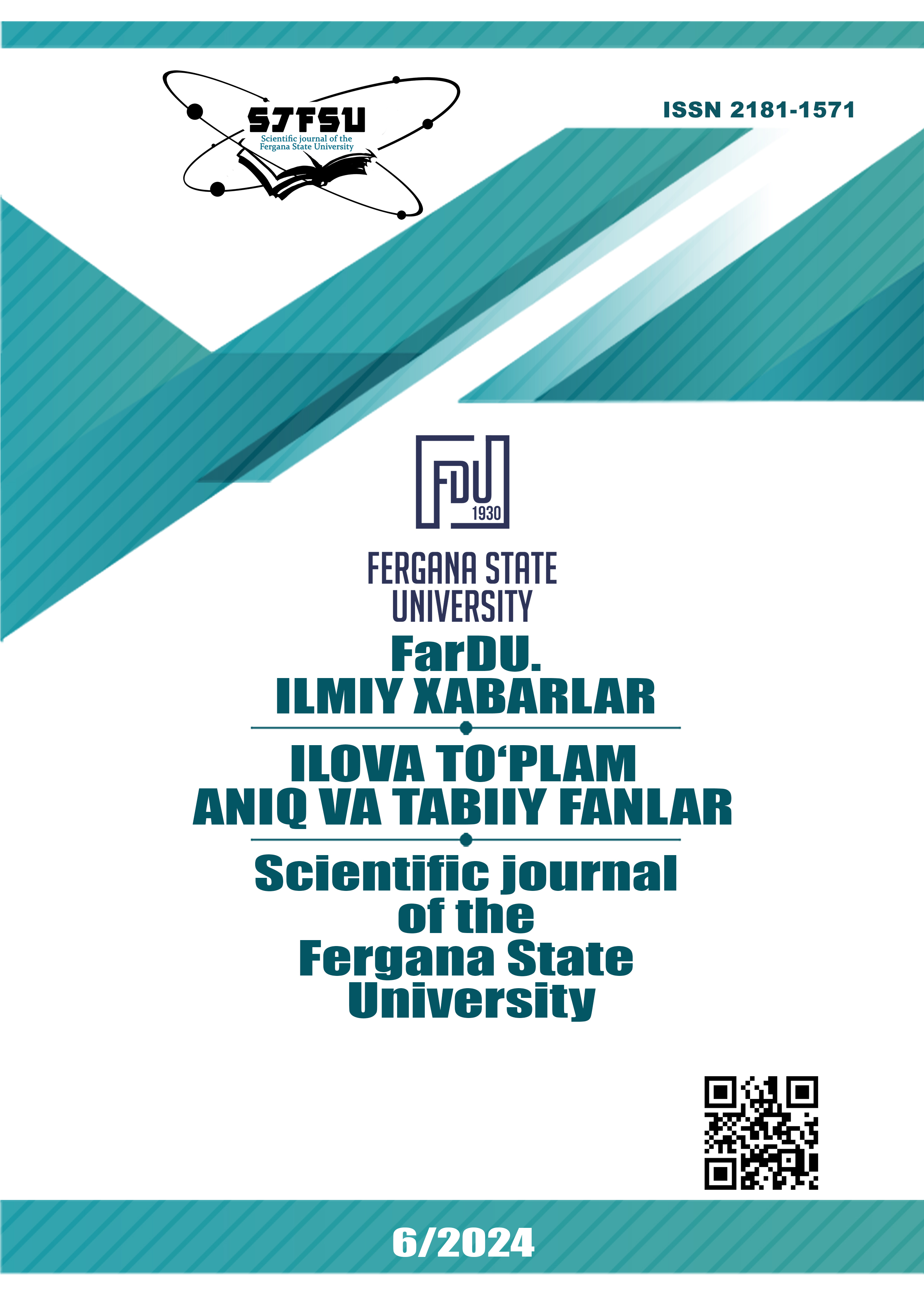MORPHOLOGICAL AND ECOLOGICAL CHARACTERISTICS OF BEETLES (COLEOPTERA, CARABIDAE)
Keywords:
Elytra, mandibular, ground beetle, taxonomy, carabidologist, polymorphism, antenna, segment, diapause, dimorphism.Abstract
The article provides a general description of the weevil family, the characteristics of the subfamily, as well as the morphological, biological and ecological characteristics of its widespread representatives. Scientific sources are provided about the body coloration and unique wing structure of vizildak beetles. The role of the Carabidae family in metabolism in nature, its grouping by food spectrum, level of vital activity and ecological characteristics has been revealed.
References
Rossa R., Goczał J. Global diversity and distribution of longhorn beetles (Coleoptera: Cerambycidae). The European Zoological Journal, 2021. Vol. 88(1), – P. 289-302.
Barnosky A.D., Matzke N., Tomiya S., Wogan G.O.U., Swartz B., Quental T.B., Marshall C., McGuire J.L., Lindsey E.L., Maguire K.C., Mersey B., Ferrer E.A. Has the Earth’s sixth mass extinction already arrived? Nature, 2011. Vol. 471, – P. 51-57.
Кесслер К. Ф. Путешествие А. П. Федченко в Туркестане // Рыбы. Изв. Об-ва любит. естествозн. антропологии и этнографии Т. 2. Вып. 3. Москва, Санкт-Петербург, 1874. 63 с
Kotze DJ, Niemelä J (2002) Year-to-year variation in carabid beetle (Coleoptera, Carabidae)
Kabak I.I., 2015. Nouveaux Carabus du Kazakhstan et Kirghizstan (Coleoptera, Carabidae). // Lambillionea, 98(3): 347-35
Zamotajlov A. Redefinition of the genus Deltomerodes Deuve, 1992, with the description of new species (Coleoptera Carabidae Patrobinae) // Advances in Carabidology. Papers Dedicated to the Memory of Prof. Dr. Oleg. L. Kryzhanovskij. Krasnodar: MUISO, 1999. P. 229-258.
Finch, O. D. (2005). Evaluation of mature conifer plantations as secondary habitat for epigeic forest arthropods (Coleoptera: Carabidae; Araneae). Forest Ecology and Management, 204, 21–34
Downloads
Published
Issue
Section
License
Copyright (c) 2025 Scientific journal of the Fergana State University

This work is licensed under a Creative Commons Attribution-NonCommercial-NoDerivatives 4.0 International License.
How to Cite
Most read articles by the same author(s)
- , , ТАКСОНОМИЧЕСКИЙ АНАЛИЗ ЖУЖЕЛИЦЫ (COLEOPTERA, CARABIDAE) УЗБЕКИСТАНА , Scientific journal of the Fergana State University: No. 1 (2024): FarDU.Ilmiy xabarlar jurnali (Aniq va tabiiy fanlar)

